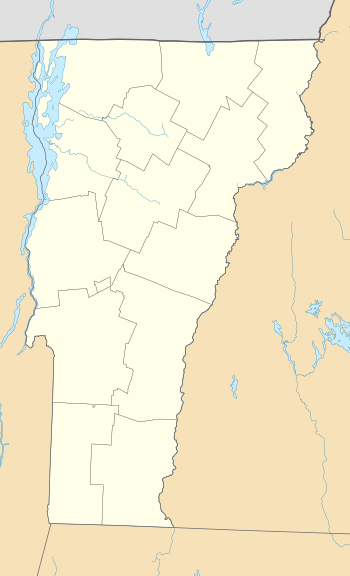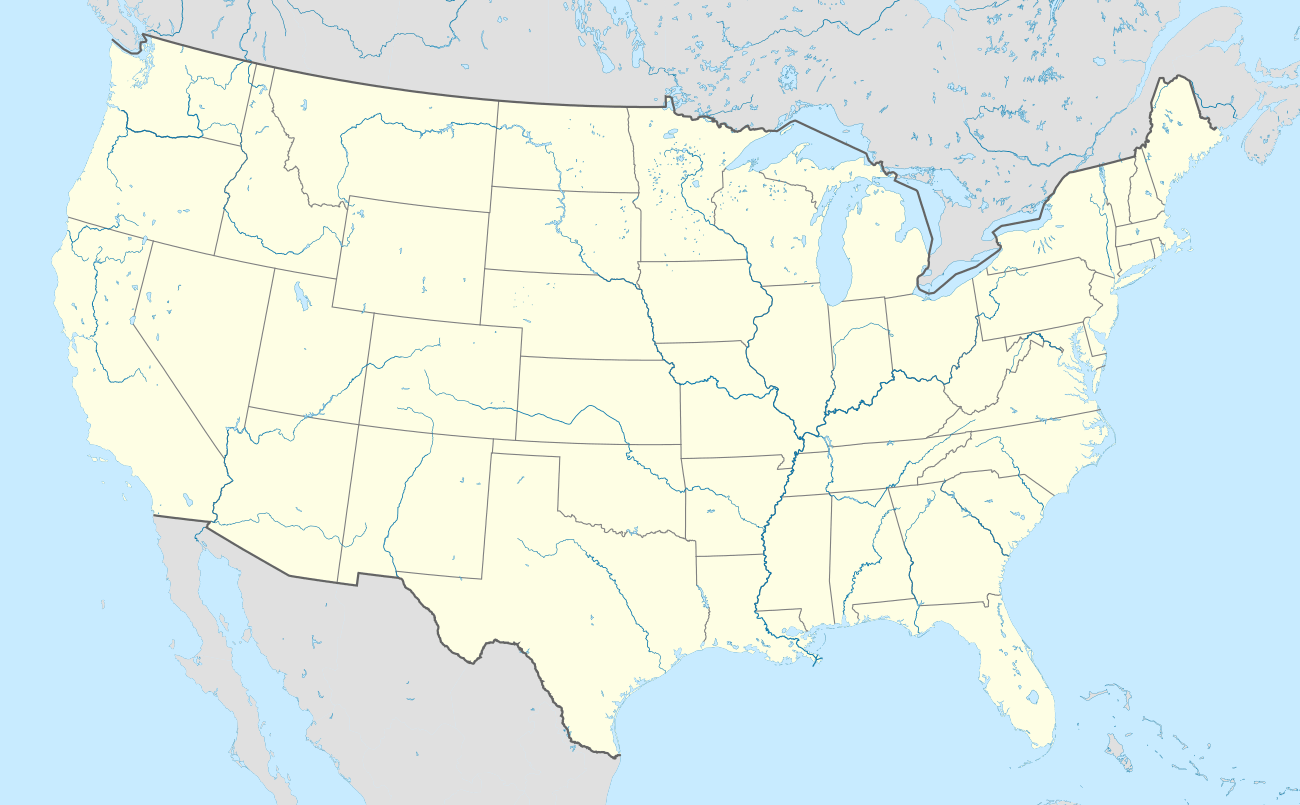H.C. White Company Mill Complex
|
H.C. White Company Mill Complex | |
 | |
  | |
| Location | 940 Water St., North Bennington, Vermont |
|---|---|
| Coordinates | 42°54′56″N 73°14′48″W / 42.91556°N 73.24667°WCoordinates: 42°54′56″N 73°14′48″W / 42.91556°N 73.24667°W |
| Area | 12.6 acres (5.1 ha) |
| Built | 1887 |
| NRHP reference # | 100000515[1] |
| Added to NRHP | January 11, 2017 |
The H.C. White Company Mill Complex, is a historic industrial complex at 140 Water Street in North Bennington, Vermont. The White Company was founded in 1879, producing stereographic viewers and stereograph cards, as well as the Kiddie-Kar, a three-wheeled wooden scooter for children. These premises were occupied by the company from then until its closure in 1935. The complex, with buildings dating from 1887 to 1919, was listed on the National Register of Historic Places in 2017.[1]
Description and history
The former White Company Mill complex is located on the south side of North Bennington, on the west bank of Paran Brook above its mouth at the Walloomsac River. The complex includes a number of brick and wood-frame buildings, as well as a c. 1900 concrete dam across the brook, creating a mill pond north of the complex. The oldest building in the complex is a timber-framed three-story building constructed in 1887, after an earlier mill building was destroyed by fire. The major feature of the complex is a larger three-story brick building dating to the late 1910s. Other significant buildings include a two-story office building and a smaller two-story factory building. A number of smaller buildings dot the 12-acre (4.9 ha) site.[2]
Hawley C. White was a North Bennington native who learned the trade of grinding optical lenses in New York City. He returned to North Bennington in 1874, where he continued this trade, apparently in partnership with B.G. Surdam, producing lenses and stereoscope viewers. In 1878 White struck out on his own, acquiring this property, which then had industrial buildings already standing. These were destroyed by fire in 1887, after which White quickly rebuilt. In 1899 White expanded his business to include the production of stereoscopic images, sending photographers out to take pictures of the wonders of man and nature across the world. The company's high-quality images made it one of the leading producers of such imagery for over a decade. In the 1910s, seeking a new market, White embarked on the manufacture of wooden children's furniture and the highly popular Kiddie-Kar, a three-wheeled scooter. The company exited the steoroscope business in 1915, selling its image collection to the Keystone View Company. The company survived until 1935, when it went into receivership and closed. The complex has since been adapted to a variety of other uses, including office space, light industrial manufacturing, and residences.[2]
See also
References
- 1 2 National Park Service (2010-07-09). "National Register Information System". National Register of Historic Places. National Park Service.
- 1 2 "Draft NRHP nomination for H.C. White Company Mill Complex". State of Vermont. Retrieved 2017-09-28.